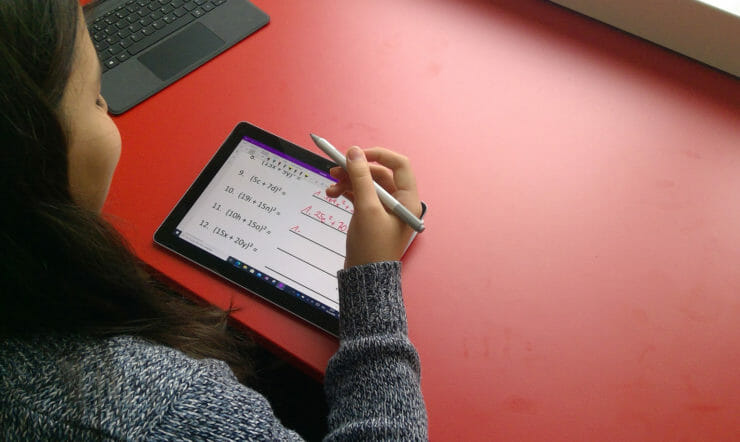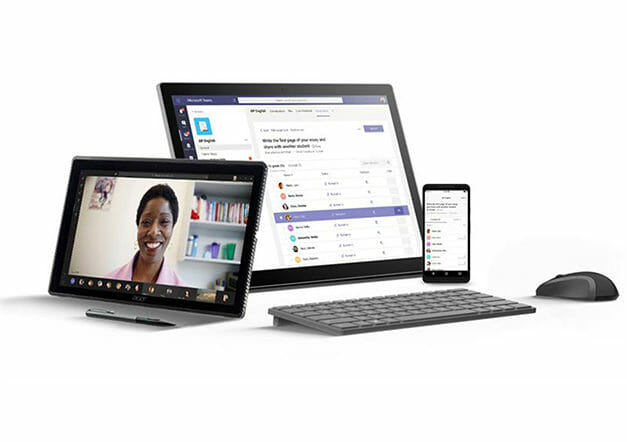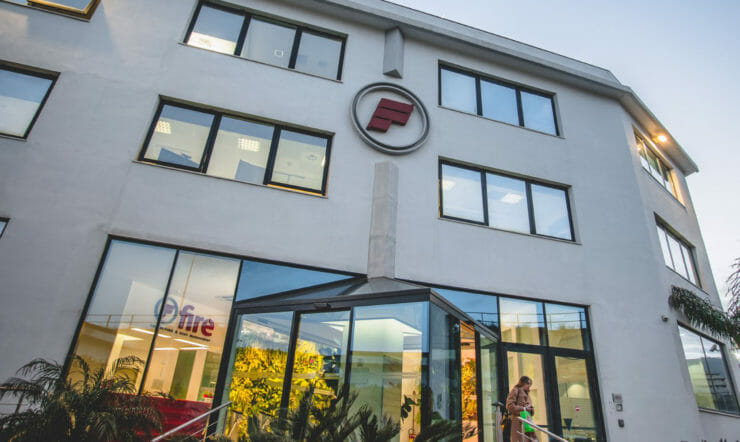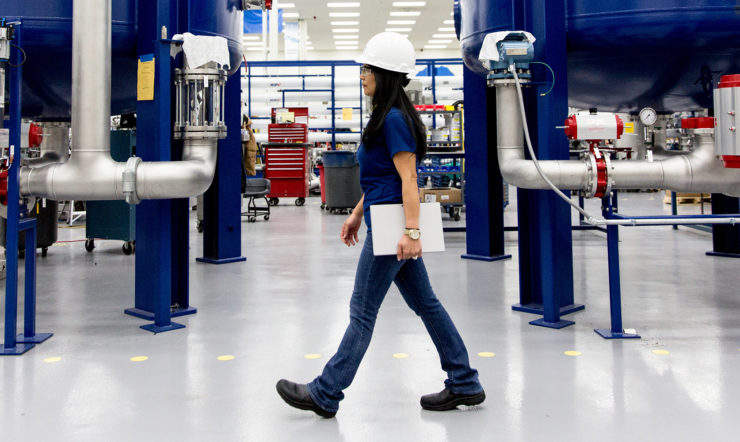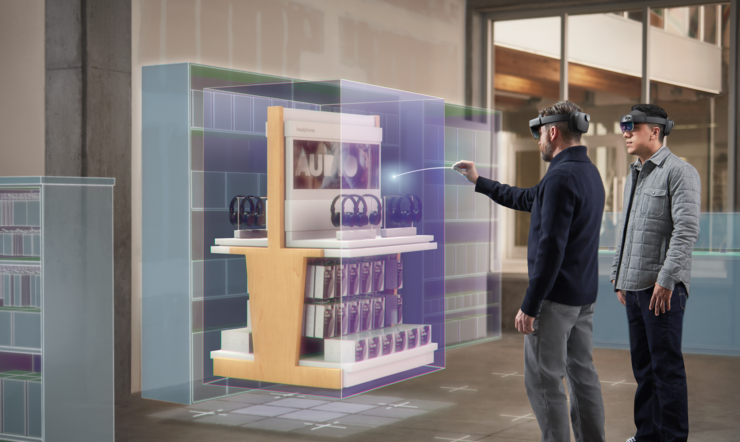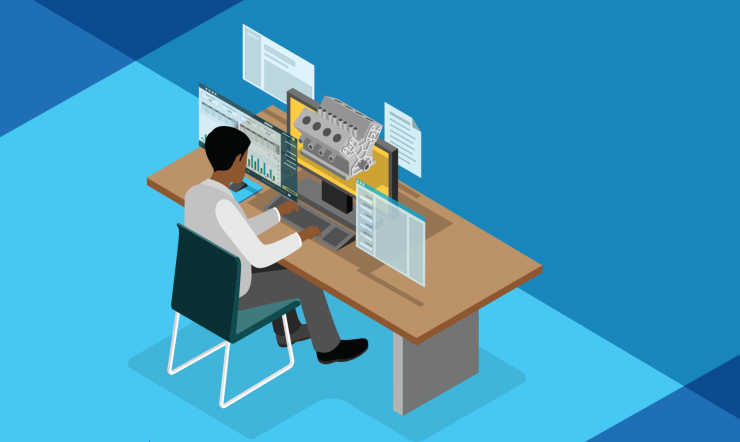We’re in the midst of a fevered period of hype about how artificial intelligence will shape the future of work.
Business leaders across the world are asking themselves a number of questions: How can my company use AI effectively? Are we exploring the right business opportunities? Are we open to change?
The journey to digital transformation through AI isn’t a clear or straightforward one. The technologies are changing and developing all the time. The myriad, almost endless, potential uses of AI are both exciting and overwhelming.
All of which means it can be difficult to know how to structure an approach to AI innovation. What are the conversations that will spark new ideas? How does a company assess whether its culture, and its leadership, promote innovation? What benefits of AI is it really harnessing – and where is it missing out?
With this in mind, Microsoft has developed The AI 360° model to help spark these conversations and provide some strategic structure to digital transformation planning.
The Model
Microsoft partnered with EY to examine AI use in greater detail in the Artificial Intelligence in Europe Report. Based on input from 277 companies, across 7 sectors and 15 countries, the report gives unprecedented insight into the application of AI technologies across Europe. Its insights provide the basis for the new 360° model.
A model for success
The model comes from the identification of three key and interlinked elements of AI business transformation: AI’s key benefits, its functional use cases, and the capabilities required to enable AI within an organisation.
These have been visualised as three connected circles – emphasising the 360° approach to planning an AI strategy.
The model allows organisations to consider their AI maturity within different areas of their infrastructure and lays out the key technological and human factors that need to be considered in any programme of innovation or change.
In short, the model can be used:
- As a strategic model for investing in AI for both IT and business leaders.
- To support digital transformation planning, particularly for business leaders.
- To identify where AI is currently being implemented in your company and areas where it has the potential to be deployed going forward.
Navigating the model:
Each point on the model is a potential conversation starter or jumping-off point. But it is when combined with points from other layers that the insights become more prescient, linking the various functions and capabilities of AI to its core benefits.






